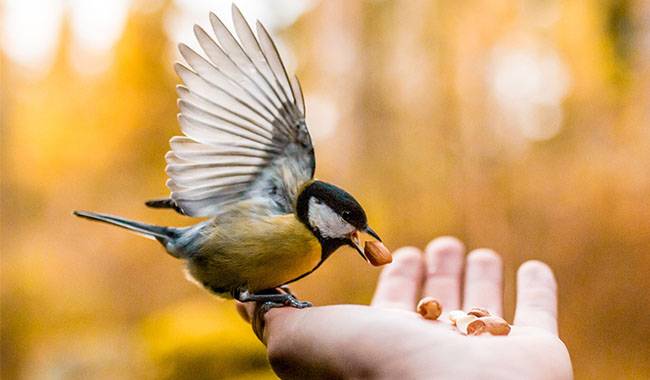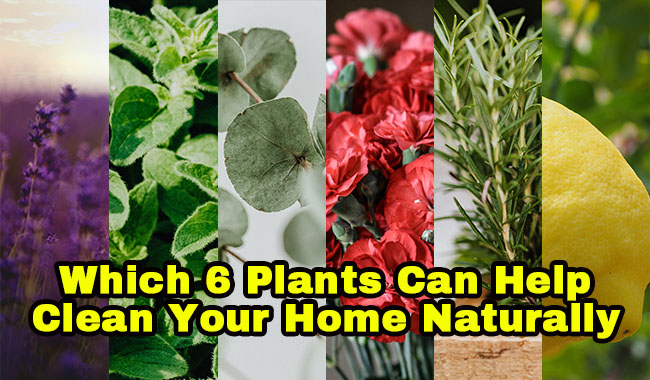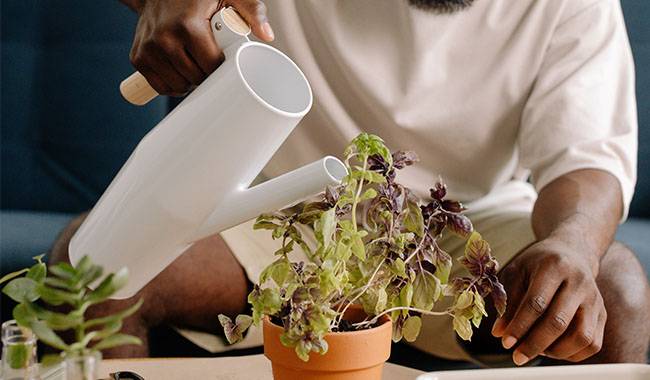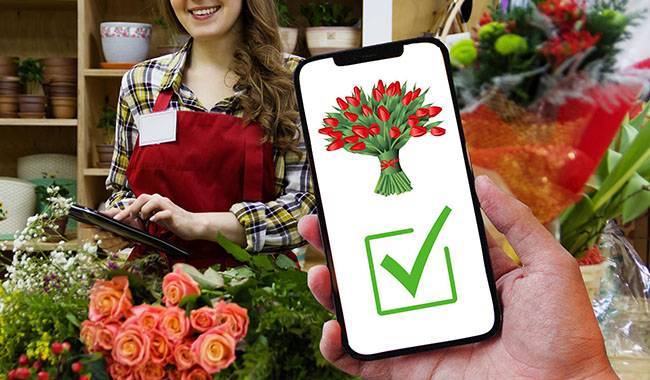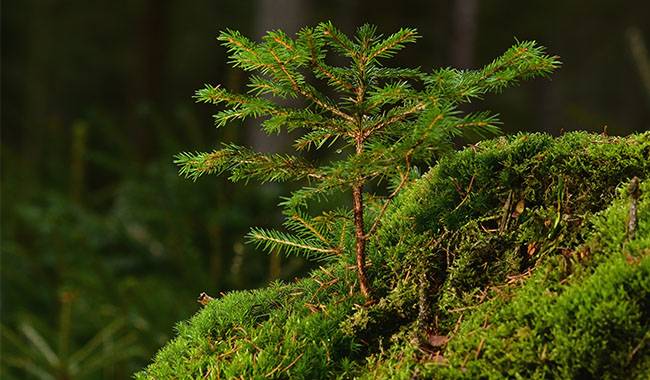
Sometimes seedlings are too old, too dry, with bare roots, and sometimes blatantly unviable. Demand creates supply. About seedlings, their problems, about planting, and mistakes will be this article.
SUFFERING SEEDLINGS
The vast majority of seedlings are bought with open roots. That is, plants that have taken root in the nursery are dug out of the ground, small suckers are cut off and large roots are pruned.
In the best cases, the roots are soaked in clay putty to retain moisture and sold in this form. In the best case rarely, more often than not, the roots are put in plastic bags, and it would be nice to have moist sawdust.
This means that the coexistence with soil fungi, bacteria, and protozoa that the roots have accumulated over years of life in the nursery is wasted. The fine root hairs that provide water and micronutrients to the whole plant are, in most cases, half-truncated. Honestly, I was amazed at the vitality of the plant!
Then the planting was started in a new place, with new soil and a new microbiota in the soil. The local fungi, bacteria, and protozoa, understandably unhappy with the newcomers, will at first try to get rid of the newcomers (regarding the roots) by secreting all sorts of unpleasant substances.
A poor seedling has already done badly – a change of place, a change of light orientation, less than half of the roots left, and here and there a local hunt.
If the crown does not match the root system (it can be significantly larger), the roots will not water the flowers and leaves with enough force. There are variants – either the whole plant dies at once, or some branches or even the largest part of the trunk is sacrificed to awaken the dormant buds in the lower part.
Plants are very hardy, and they will try to adapt to their new habitat, sacrificing part of the crown and roots. By the way, the roots will also die, and if the canopy is small – the leaves will not be able to feed the root system. Therefore, the main task of the plant in the first year after planting – survival, and in the second year – rooting.
To return to normal, seedlings need to acquire new sucking root hairs, a new root layer (so-called the soil around the root hairs). The rhizosphere has friendly microorganisms that help the plant to fight against the harsh environment, extract water and trace elements.
But friends need nutrients, for which plants sometimes spend up to 30% of their assimilated carbon dioxide converted into nutrients by photosynthesis. In other words, there is no way out without leaves, and the more leaf surface there is, the more “friendly” the rhizosphere is.
Plants are also hoarders. They use the accumulated reserves for the initial formation of root hairs and the blooming of flower buds. If these reserves are sufficient, they will survive and take root, understandably so.
There are no problems with container seedlings, but there are fewer problems. Root hairs and root rings are in place and the crown is intact. It just needs to take root in the new climate and soil conditions. “Battles” with local microorganisms are inevitable but much easier for uninjured plants.
HOW CAN I HELP MY NEWLY PURCHASED SEEDLINGS?
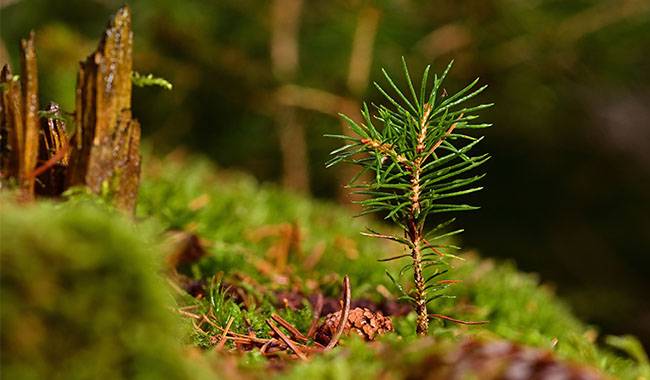
Moisture plays a vital role in the life of a plant, so it is best to wrap the seedlings in something immediately after purchase to avoid moisture loss. If no moisture is provided, the roots should be placed in damp sawdust or simply in a plastic bag with some water.
When you arrive at the site, you need to align the roots of the plant with the top. A single long root of a plant is nonsense. Such roots act as anchors in the soil, and nutrition requires a thick root system. By the way, a single long root is far from a seller’s advantage, to say the least, as a normal nursery will form a thick root system.
So, the issue of compliance is that the length of the branch should roughly correspond to the length of the root (the trunk does not count, as the bole has its own requirements). If the branches are very long, they need to be shortened. If the crown is small, and the roots are large – they also need to be shortened.
Then the seedlings need to be watered. It is the water that makes the connection between the top and the roots, dragging it back and forth with everything it needs. The easiest thing is to stick it in a bucket of water for 24 hours.
Soak the container seedling in water, half the height of the container, until the plot is completely soaked. However, do not hold it for a long time so as not to suffocate the roots.
All these operations should preferably be carried out in a quiet, cool place: sunlight remains completely useless for the seedlings. Same with dry winds – so there is not enough water.
In seedlings with an open root system, which is almost absent, the roots are cut off and the tops are cut off. Suggested additions: After saturation with water, soak the roots for one hour in a solution of hybrids (often commercially available). With the already saturated water, “sprinkle” the seedlings on the top and the roots.
It should be remembered that when the dose is exceeded, the isophyllin starts to inhibit the growth process, so you must follow the instructions exactly.
GENTLE PLANTING
Much has been written about what soil, how to plant and how to water, so I won’t repeat it. I just want to remind you that fertilizer should not be added to the planting hole. The plant must first adapt. The main requirement for the soil – it must be loose, structural so that the plant without the unnecessary stress and the expenditure of reserves can establish sucking roots.
The main problem with container plants, especially those imported from abroad, is the sterile substrate and the absence of microorganisms. Therefore, difficulties in substrate development are inevitable when planting in garden soil.
Here too, loose nutrient soil around the roots is important so that the roots will start to develop outside the container substrate. Sometimes, in containers, due to long-term maintenance, the roots twist into a spiral – they need to be gently “loosened” and evenly distributed in the planting hole.
By the way, container plants, especially those from sterile soil, many times do not want to germinate into the surrounding soil. They are afraid and not used to it. Speed up the process by placing a small amount of mineral fertilizer on the perimeter at a certain distance from the root ball – there the roots will surely pull. Mineral water – this is familiar to them.
In hot and dry areas, the ground around the plant should be immediately mulched to preserve moisture. If the mulch will be organic, but not very active (dry grass clippings without seeds, hay), additional microbial crowding in this area is not yet good.
The plant itself is best sprayed with Epin, again not exceeding the recommended dose, and mulched with a medium-density spunbond, etc. So it does not dry out the above-ground parts, and it does not suffer under the hot sun (spring planting).
And the microclimate under the shelter will be more even. After a week from the north, you can open it – let it see the world. Open it at all on cloudy and rainy days. But if you get continuous sun, you have to stick to a two-week quarantine, like a coronavirus.
If planted in autumn, it is advisable to ventilate the seedlings from the heat as the cold weather approaches. In the first season, there is no time to get used to the new place, not prepared for the winter, the seedlings are very fragile. Even the most frost-resistant ones.
MY OBSERVATIONS
Starting a new garden living in a new place, we began to grow a variety of plants, including fruits and ornamentals. Immediately organized electronic catalogs, knowing where they came from, when they were received, where to plant them and how they turned out. By the way, we knew how many varieties were left in the species.
This stuff turned out to be very useful. After three years, it was found that the loss of seedlings was about one-fifth. At this point, there is no fundamental difference between fruit trees and ornamentals. However, there is a difference between seedlings with OCS (open root system) and container seedlings. Container seedlings have about a 13% dropout rate, while seedlings with OCS – nearly 30%.
The vast majority of seedlings were received by mail, and OCS seedlings with roots either in wet sawdust or in soil looked significantly more decent than the seedlings I observed at seasonal markets.
Incidentally, an analysis of seedling drop from different suppliers showed no dependence on distance. Self-respecting nurseries are very responsible with their packaging. So distance is not as important as the responsibility of the supplier.
We also found nurseries that are best not to work with – 100%(!) of the species. We also sent very different seedlings for replacement, until I got tired of shoving unknown seedlings in the corner and burning them without vigor, and I stopped contacting them.
This is what I observe now, when I lived in California, farther away, the seedlings in the southeast survived, while seventy percent of the seedlings in the northern part died.
In order not to torture the plants and then not to suffer yourself, it is best to find a reliable nursery near you, and the online reviews will help. The desire for exotic plants (such as myself) is better written out of container plants – less frustration and easier to treat.




